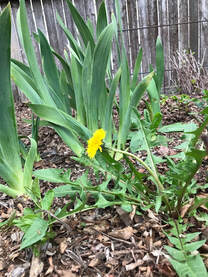
I just had the most amazing QHHT session. The client gave his permission to share, with his name, Stephen Neal--which, you will read, is important.
The client went to a lifetime as a lawyer, later becoming a judge. He described having a mentor he worked with who taught him law. I asked what his mentor called him, and he said “Stephen,” the client's name in his current lifetime. Hm. Interesting.
We then traveled to one important day in that lifetime. He said he had written the 14th Amendment and was very happy that it was going to become law! It would bring equality. I surreptitiously performed a quick Google search and found out that the author of the 14th Amendment was Senator Jacob Howard. “Oh, well,” I thought. “We’ll sort that out later.”
After the session, the client did a more thorough search. The real author of the 14th Amendment was actually... Stephen Neal--with the same spelling. This was simply astounding!!
Many facts about Judge Neal that came to light during the session were verified--he came from a rural area; lived in a log cabin; was a learned man with very little formal education; was self-taught in law; was married four times--to three different wives, as was confirmed in the session; and died at an old age after being sick for several weeks.
As for not being recognized as the author of the 14th Amendment, I found this:
“In the judicial forum, in the halls of legislation, in the church, he has been unobtrusive, carefully avoiding attracting attention, and, as far as practicable, seeking no public notoriety, but carefully seeking to be unknown. The most important political act of his life remained unknown for twenty years after its accomplishment, except to a few confidential friends who were enjoined to secrecy.”
Secrecy, indeed.
What’s more, Judge Neal lived for a time in Lebanon, IN. Client Neal lived for a time in Lebanon, MO. We found Judge Neal’s signature online as well. The signature of his first name was identical to that of the client’s.
This has to be one for the books. I am always and forever in awe of QHHT!









 RSS Feed
RSS Feed